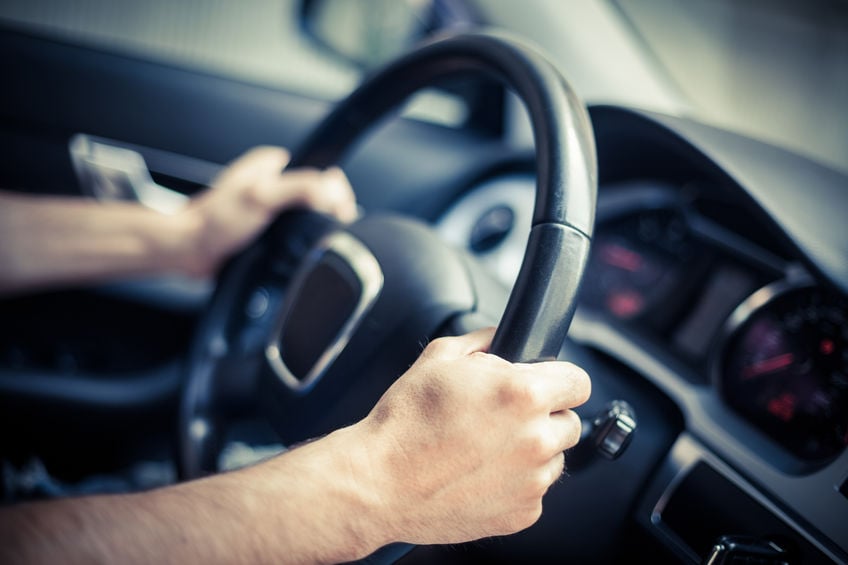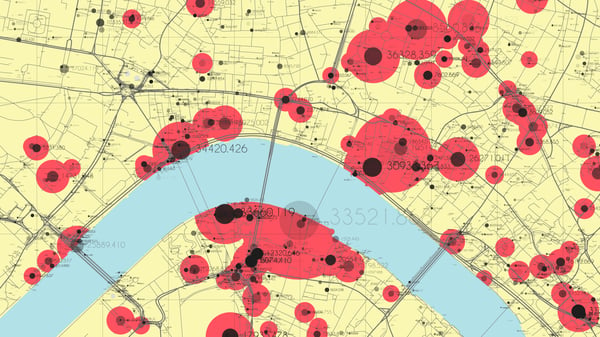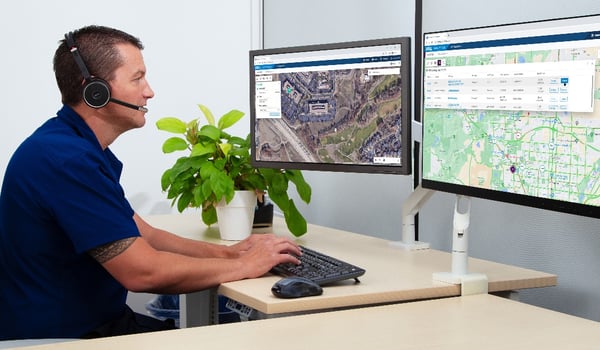4 Must-have Data Points for Dispatch-Billing Alignment and Maximum Reimbursement
How to Monitor EMS Driver Performance
Driver safety doesn’t just affect crews and passenger, it affects the entire community
Was this information valuable?

Driver safety doesn’t just affect crews and passenger, it affects the entire community. With increased adrenalin, lights and sirens, and all the other distracted drivers on the road, the need for the appropriate assessment of driving performance in first responders is increasing.
Monitoring your agency’s driver performance regularly is key to creating a culture of safety within your organization. You need to address violations in a timely manner, but more importantly, understand the events surrounding the violation. It requires time and effort, often across multiple departments and amongst multiple employees.
Decide Who Should Monitor Ambulance Driver Performance
 Different job functions should also be responsible for monitoring different activities. For example:
Different job functions should also be responsible for monitoring different activities. For example:
- Safety officer. If your organization has a Safety Officer or someone devoted to safety, they are in the ideal position to monitor driver performance as they have a vested interest in improving the culture of safety within your organization.
- Fleet manager. Many people don’t realize that driver performance is directly related to vehicle maintenance. The more aggressive the driving, the more wear and tear on the vehicles.
- Executives. As an executive in your organization you are responsible for the safety of employees and patients as well as the overall culture of safety of the organization.
Keep in mind, every agency is different, so this can vary based on the makeup of your agency.
Make a Plan to Reward, Not Reprimand Your EMS Crews
Before you begin monitoring driver performance you should have a plan in place on how you will manage issues related to driver performance. Many organizations find that rewarding staff for good driver performance and immediate coaching to address violations to be an effective method.
Use the data you collect to help your crew understand acceptable safety habits and how they are performing. Although monitoring systems can create a “big brother” perception, once medics understand it’s for their own protection, they accept it.
Set Goals for Your Drivers
Now that we’ve gone through why you should monitor, who should do the monitoring, and some basics for rewarding good drivers, it’s time to determine next steps for your efforts. In anything you do, it’s important to set a goal for yourself, and monitoring driver performance should be no different.
Goals are great — they help us prove how effective we are, keep us focused, and push us to be better. Make sure your goals are Specific, Measurable, Attainable, Realistic and Time-Bound (SMART). The thing is, though, goals are totally useless if they’re not grounded in reality. That’s why it’s critical to set SMART goals. If you don't measure it, it does not get done!
Be Prepared - Look into More Robust Tools to Aid in Monitoring
It’s important to pre-determine what tools you plan to use to aid in your monitoring. There are more robust systems (such as Road Safety from ZOLL that includes real-time monitoring) or if you’re just getting started, you can use the following easily accessible ways to monitor performance:
- Peer feedback
- Patient experience surveys
- Driver safety apps
Related Posts
How EMS Agencies Can Reframe Need and Refocus Resources With Geospatial Analytics
How To Minimize Radio Chatter and Reduce Guesswork With Smarter Dispatch Resource Management
ZOLL Pulse Blog
Subscribe to our blog and receive quality content that makes your job as an EMS & fire, hospital, or AR professional easier.
ZOLL Pulse Blog
Subscribe to our blog and receive quality content that makes your job as an EMS, fire, hospital, or AR professional easier.





